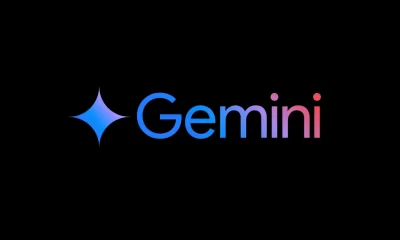Google Chat enhances automation with IFTTT integration; Pixel 9 introduces adaptive touch for improved wet screen sensitivity
Key Points:
- Google Chat now supports IFTTT for seamless automation across popular apps.
- Pixel 9’s Adaptive Touch feature improves screen sensitivity in challenging conditions.
- Both updates are designed to enhance user experience across personal and enterprise settings.
Google Chat has expanded its functionality by integrating with IFTTT (If This, Then That), a powerful automation tool that connects with over 1,000 popular apps. This integration is available for both Google Workspace and personal Google accounts, making it easier for users to automate various tasks within Google Chat.
As revealed at Cloud Next 2024, the IFTTT integration offers a range of triggers, such as detecting new messages or members in a space, and corresponding actions like posting to a space or updating space descriptions. This is particularly useful for teams and enterprise accounts, allowing them to set up workflows like sending onboarding emails to new space members or notifying a space when new files are added to cloud storage services like Google Drive or Dropbox.
Additionally, the integration allows users to stay informed by automatically posting mentions or tags from platforms like Discord, X (formerly Twitter), and Facebook to a designated space in Google Chat. This feature is now accessible to all Google Workspace customers, Workspace Individual Subscribers, and personal Google account users.
Other Google Workspace services, including Gmail, Drive, Docs, Sheets, Calendar, Contacts, and Tasks, are also compatible with IFTTT, further expanding the automation possibilities within the Google ecosystem.
Pixel 9’s Adaptive Touch Enhances Screen Sensitivity
Google’s latest smartphone, the Pixel 9 series, introduces a new feature called Adaptive Touch, designed to improve touchscreen sensitivity in challenging conditions. Whether the screen is wet, covered by a screen protector, or subjected to other factors that might impede functionality, Adaptive Touch automatically adjusts the screen’s sensitivity to optimize performance.
This feature can be found in the Pixel 9’s settings under Display > Touch Sensitivity, alongside the existing “Screen protector mode.” Adaptive Touch was initially tested in Android beta releases earlier this year, but the Pixel 9 series marks its official launch.
According to tests conducted by Android Authority, the Pixel 9’s screen performs significantly better with Adaptive Touch enabled compared to the Pixel 8 Pro, particularly when used with wet fingers. This improvement suggests that Google has made considerable strides in enhancing the overall user experience for its latest devices. Adaptive Touch is enabled by default on all Pixel 9 models, ensuring users benefit from this feature right out of the box.
Google Meet gets a fresh new look with Material 3 design
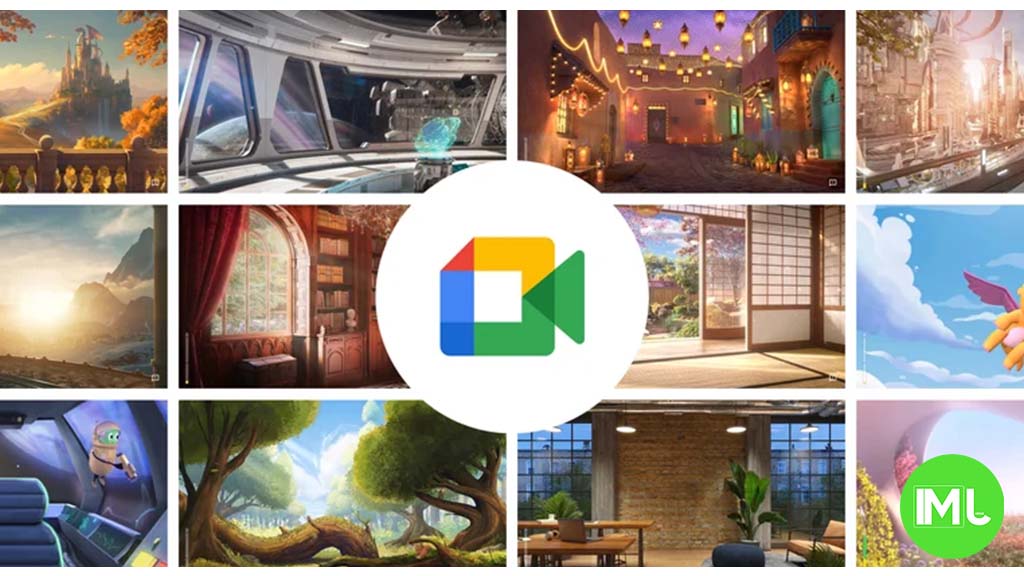
Google Meet is getting a big update to its look, thanks to the new Material 3 design. This change brings a cleaner and more modern style to the video calling app, making it easier and more enjoyable to use.
With Material 3, Google Meet now has rounder buttons, softer colors, and better spacing between elements. The main controls, like the microphone, camera, and end call buttons, are now larger and easier to tap. The icons and text are also clearer, which helps users find what they need quickly during a call.
Another improvement is the new “expressive” color system. This feature lets the app’s colors match your device’s wallpaper or theme, giving each user a unique and personalized experience. The changes also make Google Meet more accessible, as the new design is easier to read and use for everyone, including people with vision difficulties.
These updates are rolling out to both web and mobile versions of Google Meet. Google says the new look will help people feel more comfortable and focused during their meetings. Overall, the Material 3 update makes Google Meet not only look better but also work better for all its users.
Android
Easy ways to change Android Auto’s look with light and dark themes
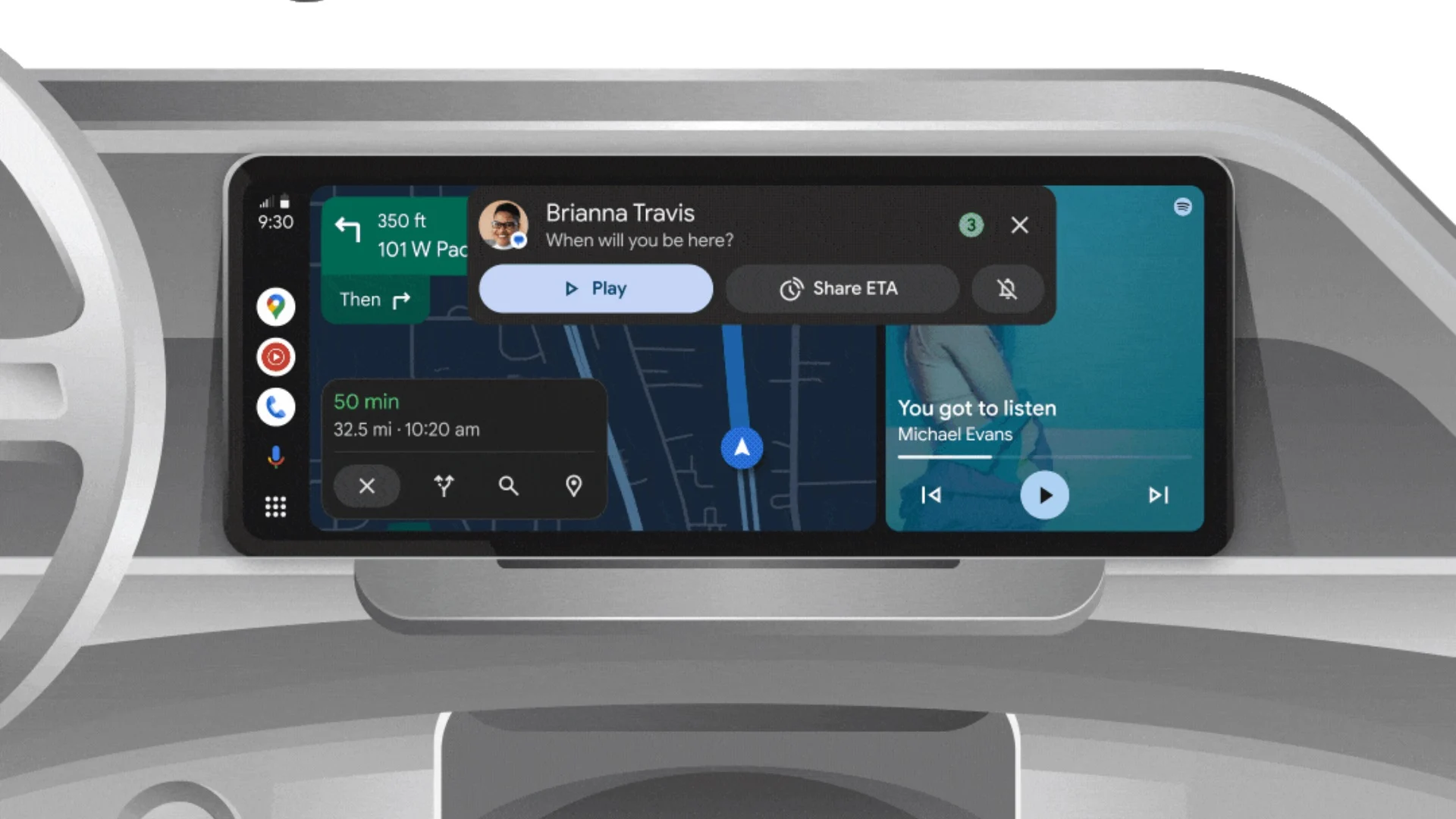
Android Auto is a helpful tool that lets you use your phone’s apps safely while driving. It connects your phone to your car’s screen, making it easier to use maps, music, and calls. One of the features many people like is the ability to change how Android Auto looks by switching between light and dark themes.
How to switch between light and dark themes
Android Auto offers two main themes: light and dark. The light theme uses brighter colors, which can make the screen easier to see during the day. The dark theme uses darker colors, which can be more comfortable for your eyes at night or in low light.
To change the theme, follow these steps:
- Open the Android Auto app on your phone.
- Go to the settings menu.
- Find the “Theme” option.
- Choose between “Light,” “Dark,” or “Set by car” (this lets your car decide the theme based on the time of day or your car’s settings).
Why themes matter
Using the right theme can make driving safer and more comfortable. The light theme is good for bright days, while the dark theme helps reduce glare at night. Having these options means you can pick what works best for you, making Android Auto easier to use in any condition.
In short, Android Auto’s theme options are simple to use and help you drive more safely by making the screen easy to see, no matter the time of day.
Google Drive and Files by Google get fresh updates for easier use

Google is rolling out some helpful updates to two of its popular apps: Google Drive and Files by Google. These changes are designed to make managing your files and watching videos much smoother.
First, Google Drive is getting a new video player. Now, when you upload a video to Drive and open it, you’ll notice a fresh look that matches Google’s latest design style. The controls, like play and pause, are easier to use and look cleaner. This update makes it simpler to watch videos directly in Drive without needing to download them first.
Meanwhile, the Files by Google app is also getting a makeover. The app is adopting Google’s Material 3 design, which means it looks brighter and more modern. The buttons and menus are easier to see and use, making it simpler to find, move, and organize your files. There are also new color options and improved icons, so everything feels more user-friendly.
Both updates show Google’s commitment to making its apps more helpful and enjoyable to use. Whether you’re watching videos in Drive or sorting files on your phone, these changes aim to save you time and make things less complicated. If you use these apps, keep an eye out for these new features—they should arrive soon!
-

 Apps1 year ago
Apps1 year agoGboard Proofread feature will support selected text
-

 News1 year ago
News1 year agoSamsung USA crafting One UI 6.1.1
-

 Apps12 months ago
Apps12 months agoGoogle Contacts app testing new Besties Widget
-
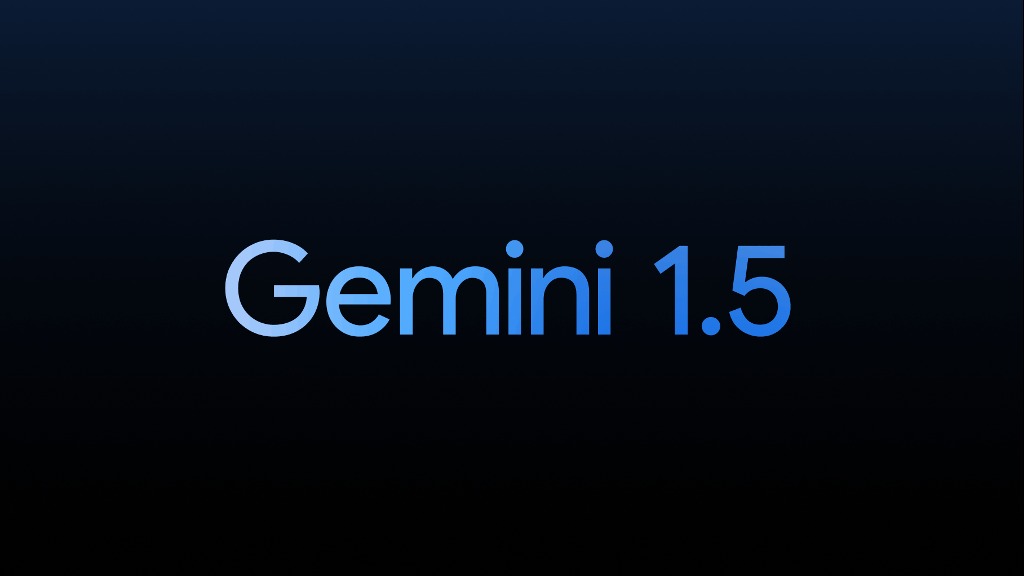
 AI12 months ago
AI12 months agoGoogle Pixel 9 Pro may come with a complimentary one-year Gemini Advanced subscription
-

 News1 year ago
News1 year agoBreaking: Samsung Galaxy S22 may get Galaxy AI features
-

 Apps12 months ago
Apps12 months agoGoogle working on a new video editing feature for its Photo app
-
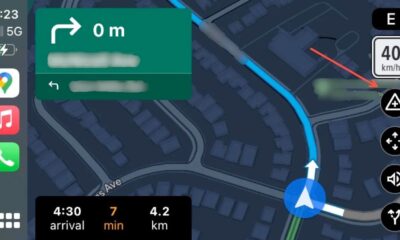
 Apps12 months ago
Apps12 months agoGoogle Maps lets you report traffic jams and accidents on Apple CarPlay, but not on Android Auto
-

 Apps12 months ago
Apps12 months agoGoogle Messages app will transform MMS chats into RCS







